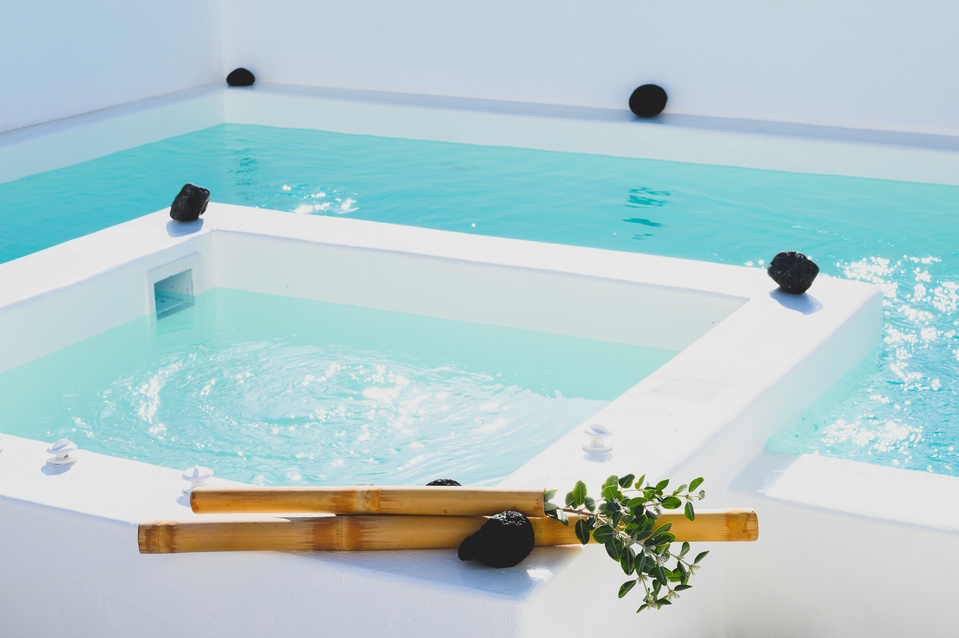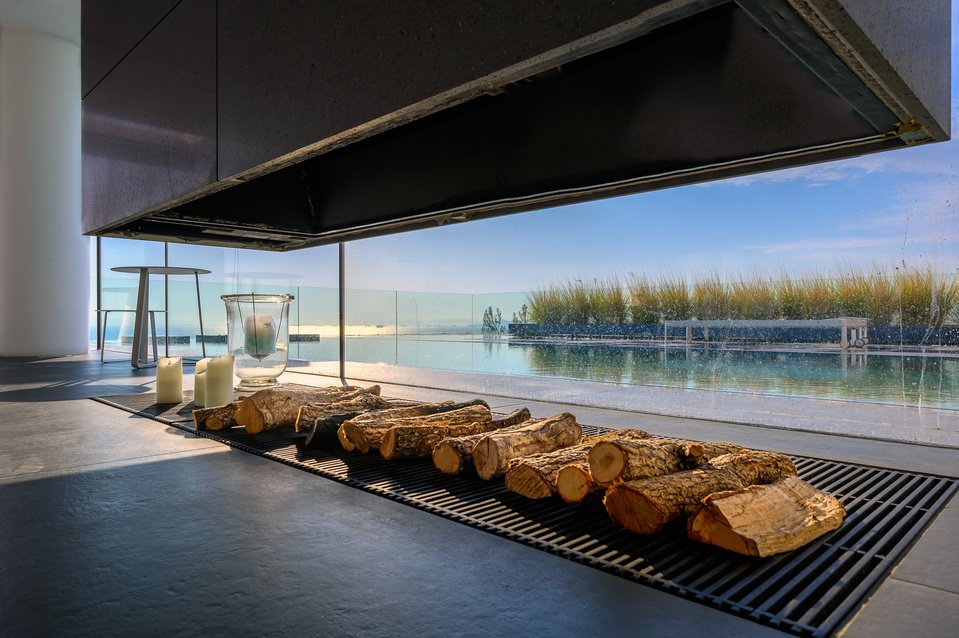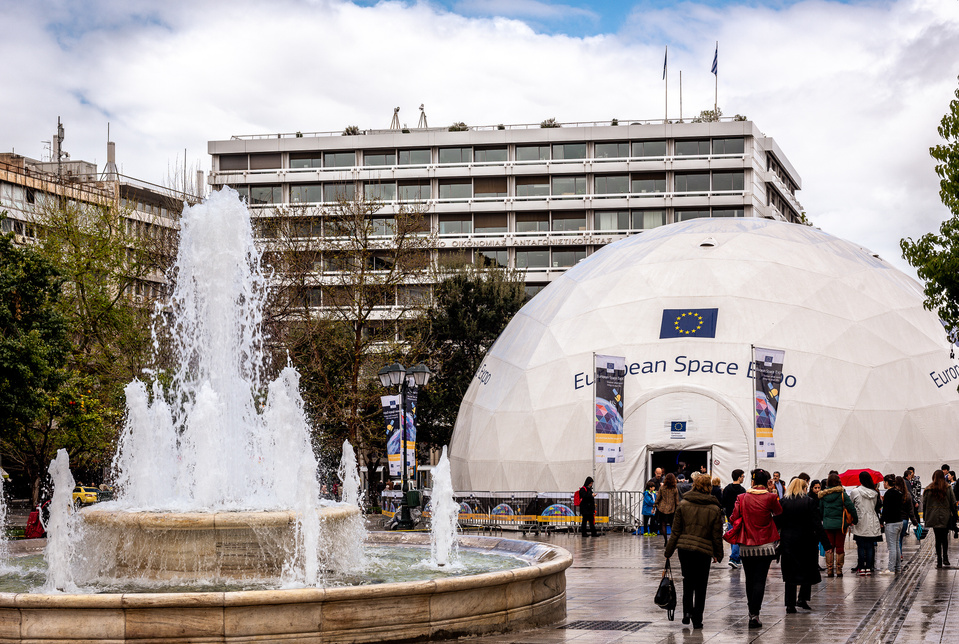Using Natural Framing to Improve Your Composition
To compose more exciting and beautiful photographs, there are certain key composition techniques that you can use.
Natural framing is one that is widely known but needs a careful and thoughtful approach. Using framing can create extremely impressive and elegant images when done right. Here are some tips to help you.
Natural framing Composition is when you use an element within your image to frame the subject.
This draws the eye into the photo and highlights the actual subject.
This internal frame can be constructed using a multitude of things you’ll find anywhere – branches, archways, tunnels, door frames, as well as things that aren’t solid like light, shadows, rain, fog, etc. – it doesn’t matter what you use.
Framing is a technique to use sparingly – but when it is totally right, it looks natural.
So few people use it well that if you can master it, you can create some fantastic shots.
Why you should use Natural Framing .?
• It easily draws your viewer’s eye into the photo and emphasizes the subject.
• It isolates and separates your subject from what is around it.
• It brings a sense of order and structure to a photo – and the eye loves order.
When to use Natural Framing Composition .?
• To obscure boring skies (my favorite).
• To add depth to an image – especially when the item acting as the frame is not in focus.
• To bring contrasting elements into the photo without detracting from the subject.
• To create structure.
• To create a feeling of a self-contained image, particularly if you are photographing something quite ordinary and simple, a frame will help give depth to the subject.
Traditionally the frame should be distinctly separate from the subject so that it is not confusing to the eye. However, I will also show you where I have not done that, and the photo still works. I will show you both how to use this technique as well as where else you can take it – how to let it inspire you to develop your images.
Rules made to be followed, bent and broken.
Like anything that is considered a technique or rule, people can feel very passionately for or against their use.
But for me, it comes down to not using any of the rules so much, that your photos end up all looking the same. Don’t let rules keep you stuck in a box. They are a great springboard for your photography or a way to help refresh your vision so that you start composing in a different way.
When I was starting out photography, I worked very hard to get really familiar with the key compositional techniques, but then after a while, once I’d embedded them, I started to develop my own way of using these techniques, my own style.
I also encourage you to think of all these techniques and rules as opportunities to see and learn to organize the elements within your photos differently. In my workshops, I’ve noticed that one of the hardest things for people is to break the world down into elements and then learn how to organize these elements to create good compositions.
You don’t need to have a frame around all four sides of your photo for it to work – in fact, I’d encourage you not to do that. I think more often than not, it looks more natural and pleasing to the eye for the frame to take up just two or three sides of the image. But like every recommendation – use your own personal judgment.
• When the frame is out of focus it creates a sense of depth to the image.
• The frame can be made from different elements: I’ve used two different elements but their color is the same, and they are both interesting shapes – so they have some common qualities.
Natural framing composition is a very good way to remember that you are in control of how the viewer’s eye will go around the image. It doesn’t matter how big the photo is, the eye won’t see the complete image all at once. The eye will be drawn to one part and then move around the image depending on where the elements are placed. Your job as a photographer is to direct the eye.
The photos above are a good example of how you can use framing to create order to a very busy scene and give the viewer away into the photo. It’s also a good example of how your eye moves around an image.
The one-sided frame technique
It is possible to do a one-sided frame, and it works! It creates a great grounding effect and pushes the eye down.
Therefore, it adheres to the principle of drawing your eye towards the real subject of the photo. This is not even a strong line that is creating the framing element – it is simply the power of suggestion.
In the photos below, you will see some framing, which is going across the corner of the photo. Therefore, it is still drawing your eye to the subject but it is quite subtle.
When I am shooting Travel photos – which is a favorite subject of mine – what I often do is shoot when objects appear in the frame or very low angles like below. If you look closely, you can see people or moving objects. On the other hand, sometimes people often ask me why I do not Photoshop it out because it can look like a distraction or a mistake, but I love these little elements. It is great if there can be tiny details that create layers of interest in your shots, so your viewers do not see everything all at once. (Or as Henri Cartier-Bresson said, “ The little, human detail can become a Leitmotiv.” )
I think it shows how you can play with the idea (and there is nothing more fun than playing with all these different concepts and ideas, and making them your own).
Everything within your frame has a message
As the photographer, you need to make sure that everything you put in the frame is saying something that you want it to – that the elements are all working together to form the idea and feeling that you seek. If you don’t know what that’s supposed to be – just ask yourself:
• What am I feeling here?
• What is interesting to me in this scene?
• Why is this important?
It’s these feelings that you will be communicating through your images, if you’ve done it well and created a strong photograph ( which many times will be a failure don’t be disappointed it happens to all of us)it keeps you motivated to become more focused and better the next time.














